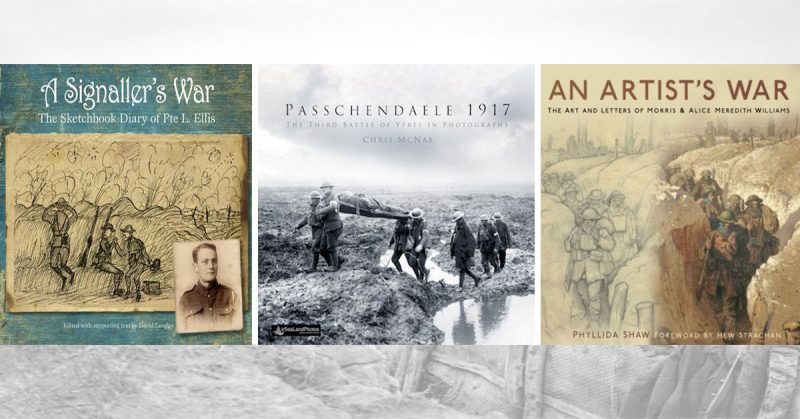This is the first of a sequence of round-ups where the WHO Reviews Dept holds a summer clearance of the books I have amassed in the past year and never quite got around to reviewing despite the best of intentions
We have three titles published by the History Press.
Passchendaele 1917 by Chris McNab
First up we have this very nice book from Chris McNab looking at the Third Battle of Ypres in 1917, better known as Passchendaele. If ever there was a battle to excite hyperbolic bollocks from great swathes of the media it is this one.
Things began well with the attack at Messines, but then, the heavens opened as the British regrouped and the battlefield became a morass in which men and horses drowned. There have been so many books on this battle I don’t really know where to start with a description and feel it is well enough known to allow the reader to make their own assessment. My first exposure was thirty odd years ago through the writing of Lyn Macdonald, a historian who was able to wring all the emotion out of the events that unfolded. (“I died in hell…they called it Passchendaele.’)
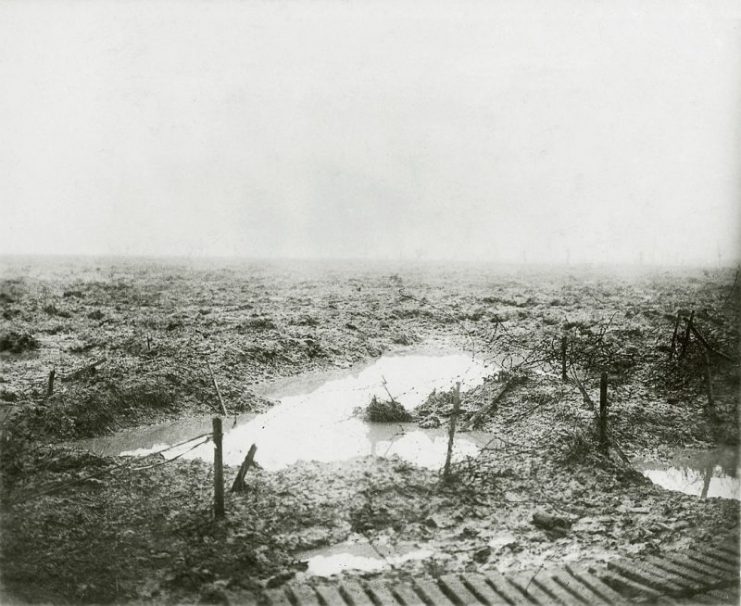
I’ve walked on sections of the battlefield and I cannot say it is a pretty or warming sort of place. That corner of Flanders is featureless and dreary in the winter months and I can’t imagine the days of rain that consumed the armies fighting in it a century ago added much to the vista. Passchendaele has become synonymous with the so-called futility of the Great War and the direction of Douglas Haig, in particular, but it is only a part of the war and does not define it.
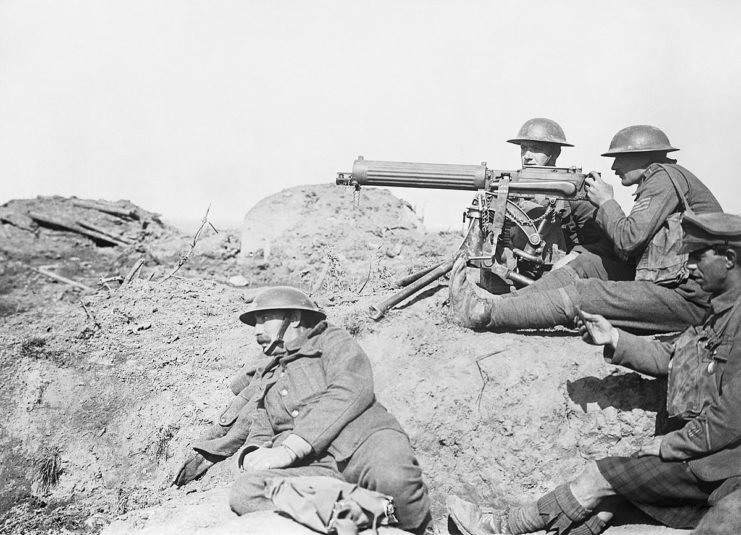
Chris McNab tells the story of the battle through a decent selection of photographs, several of which could be termed as standards; but the overall collection goes together well and the effect is to give a thorough impression of what is was like to fight in Flanders during the miserable second half of 1917. The author places the battle within the context of the wider war itself and this taps in nicely with the prevailing sense that the official centennial commemorations in the UK concentrate heavily on British failures rather than meeting with triumph and disaster the way Kipling advised.
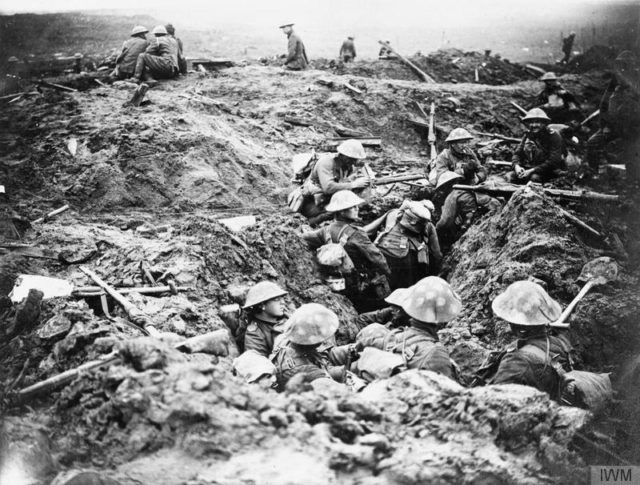
This is a good book for people coming to World War One seeking more than poetry and futility. The author can’t escape the realities of the battle, but he doesn’t wallow in them and this is what matters most.
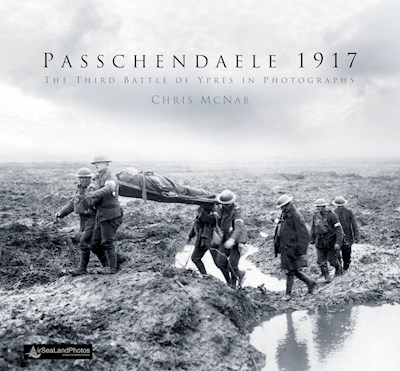
PASSCHENDAELE 1917
The Third Battle of Ypres in Photographs
By Chris McNab
The History Press
ISBN: 978 0 7509 7893 4
A Signaller’s War edited by David Langley
Lawrence Ellis enlisted when underage in 1915 and went on to be a signaller with a Royal Artillery battery serving on the Western Front. A North London boy born and raised not so very far from my own turf, he had been educated at a grammar school and was an efficient artist who sketched much of what he saw and experienced.
His is far from being great art, but it has something ‘real’ that makes it honest and endearing in ways many more accomplished artists fail to achieve. It strikes me that when he had the time to draw his work would always improve a great deal and I detect hints of Raymond Briggs in his style.
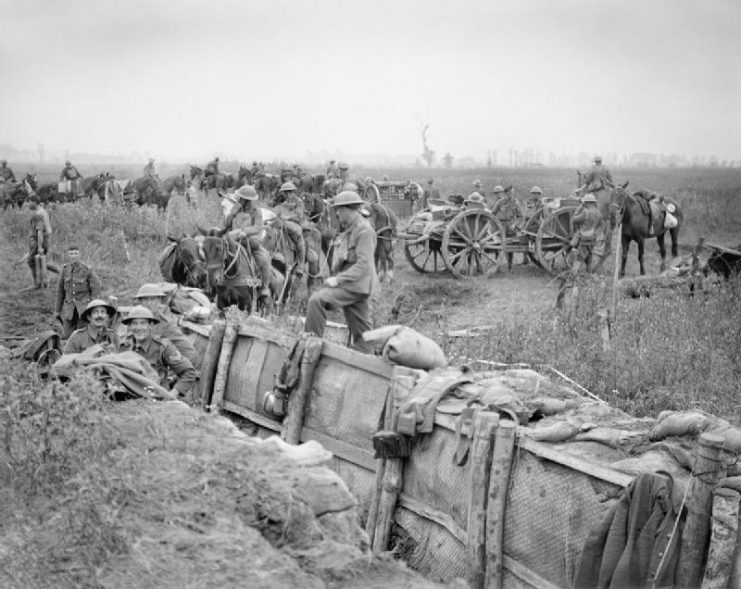
This is a lovely book. Editor Andrew Langley allows Mr Ellis to tell his own story with the gentlest of intrusion and leaves the sketches and more detailed drawings to speak for themselves. There is a lot to look at. He was wounded at the Battle of Cambrai in 1917 and was happy to have received a ‘Blighty’ wound, meaning he would be sent back to the UK to recover.
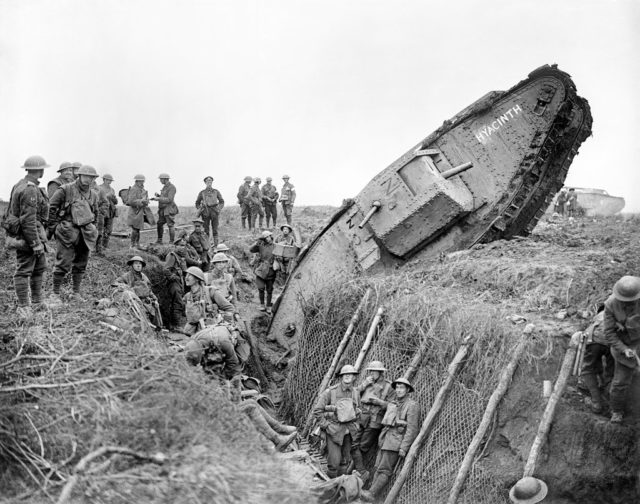
The book is built around the drawings and recollections put together by Lawrence Ellis some years after the actual events and the sheer volume of what he produced means this was no casual project. He clearly set out to leave something substantial and, boy, did he succeed! His drawings give us a lot of detail, something soldiers learn to be good at and the sense of naivety in his artistic style is charming to say the least. This is not to patronise. Mr Ellis was a good soldier who did his bit. He found a very special way of recording his war for posterity and this delightful book is a celebration of his contribution to victory in 1918.
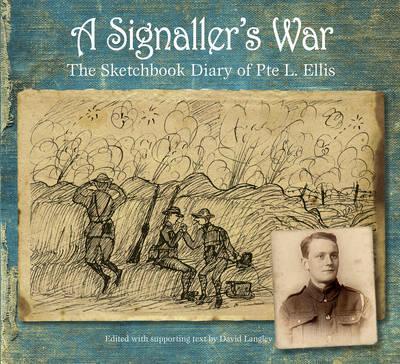
A SIGNALLER’S WAR
The Sketchbook Diary of Private L Ellis
Edited by David Langley
The History Press
ISBN: 978 0 7509 6494 4
An Artist’s War by Phyllida Shaw
Art of an altogether different standard is found in our last book in which we are treated to a huge amount of work by Morris Meredith Williams and his artist wife Alice. They found each other in the art student’s communes of Paris well before the Great War at a time when the City of Light was the place to be.
Morris was an art teacher and well into his thirties when the Great War began, but he was determined to do his bit and went to great efforts to find suitable employment. Morris was a diminutive chap whose ‘under tall’ condition meant he was passed over on many occasions until the need for more and more men encouraged the British Army to take in units of ‘bantams’ – men of 5 feet three inches and under, to serve King and Country. Morris finally got his wish in 1916, serving as a platoon commander with the 17th Battalion of the Welsh Regiment on the Western Front.
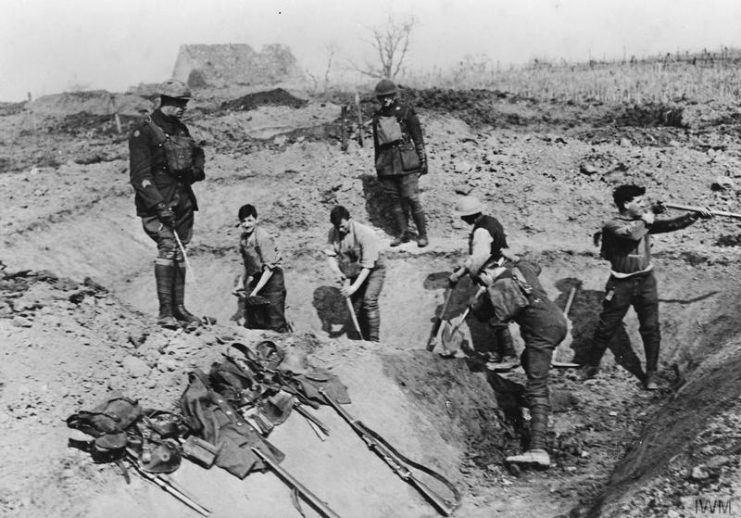
He was a man of his time and got on with it despite finding the regime hard going. The petty rules of army life did not suit him and he especially missed the opportunity to draw and paint at leisure, but he found time to make many stunning sketches; some of which became preparatory work for paintings he completed after the war. Morris’ talents led to him getting involved in map making and he eventually found himself working on camouflage schemes. His lovely drawings show almost every phase of his time in France and they are particularly poignant when we see friends who did not survive the war.
Morris was not afraid to draw exactly what he saw and the realism in his work was a counterpoint to many favoured artists who sanitised grim reality for official and public approval. I have loved photography since I was a kid but there is something about drawing that seems so much more committed to the subject. Whether it is with the likes of Morris, or the simpler works by Lawrence Ellis, the effect is to express something truly personal.
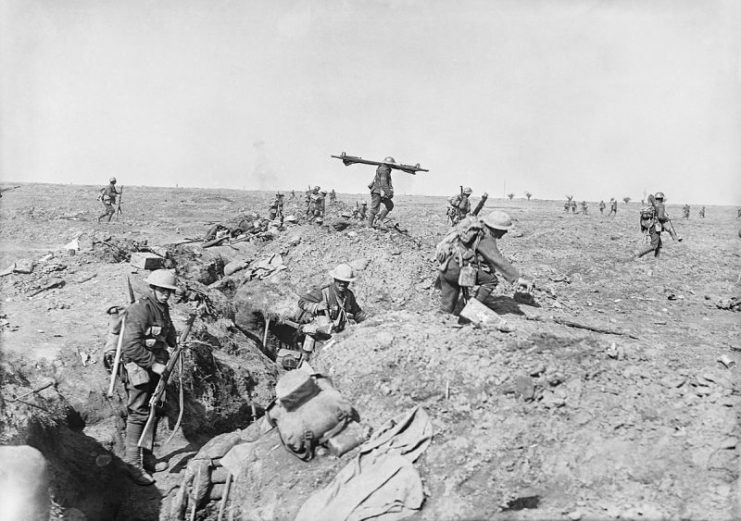
Make no mistake, Morris was a great artist, but I am not surprised I had never heard of him before. As an aside, one of the sketches included from his youth shows English Civil War soldiers on horseback and I long remember a primary school text book from when I would have been no more than ten that had similar drawings, leaving me to wonder if Morris had gone on to make more complete versions during his professional life as an illustrator.
We cannot ignore Alice. The Great War caused her some hardship and she had to find work to support the war effort. Although she kept busy, as a sculptor, she found little time to pursue her craft and this must have been frustrating. She and Morris wrote to each other constantly and it is their letters that form the bulk of the narrative here. Alice Meredith Williams is as important an artist as her husband and her work is gorgeous. At the war’s end she was able to reflect the realism of her husband’s front line drawings of soldiery in the magnificent friezes they made for the Scottish War Memorial in Edinburgh Castle.
Perhaps you have seen it this summer? Together they worked on stained glass windows for churches in addition to several other monuments that can be found from the UK, to South Africa and Bermuda. The war memorial in Paisley depicting a mounted knight of old accompanying a group of Tommies – The Spirit of the Crusaders – is absolutely stunning. Alice died in 1934.
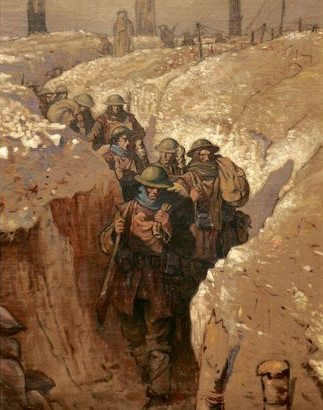
Morris continued painting and designing until he died in 1973. I really hope it was his cavaliers and roundheads I copied as a ten year old because I love his work and will cherish this book for years to come. I have seen a lot of books during the centenary period that have offered brilliant writing, stunning photography and memorable art. Finding all these elements in a single book is a joy. The presentation style of this book is a work of art in itself. Every effort has been made to make the work of curator Phyllida Shaw and designer David Grey seem almost invisible, allowing the work of Morris and Alice to tell their own stories.
If you love art, and especially war art, this is a book you cannot ignore. It has everything you could hope for and Morris’ drawings, especially, will stay with you. I’ve got to make the trip to Paisley, now, to see Alice’s stunning work there.
They were an amazing couple and it is so good to know we can enjoy so much of their brilliance through the pages of one very classy book.

AN ARTIST’S WAR
The Art and Letters of Morris & Alice Meredith Williams
By Phyllida Shaw
The History Press
ISBN: 978 0 7509 8238 2
Reviewed by Mark Barnes for War History Online
